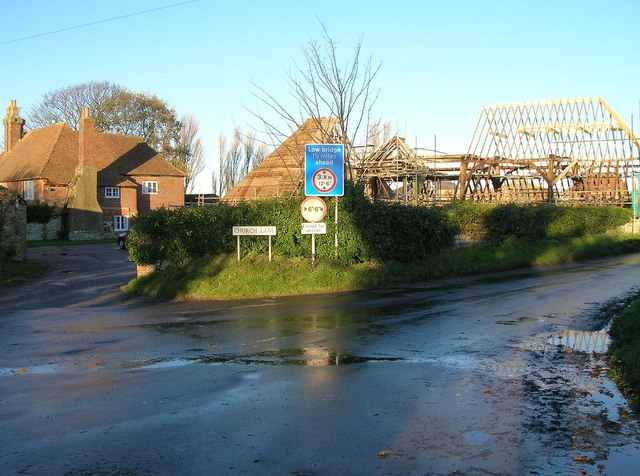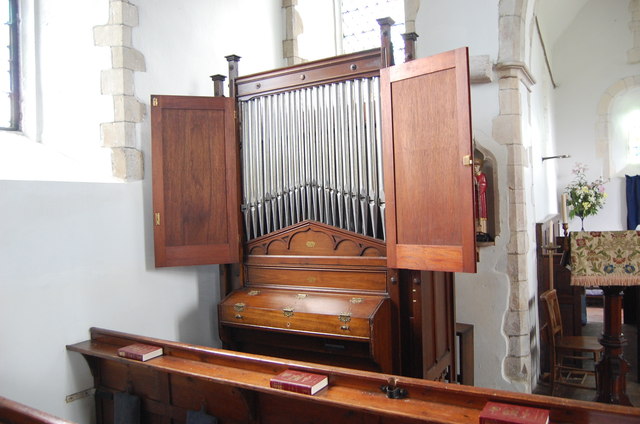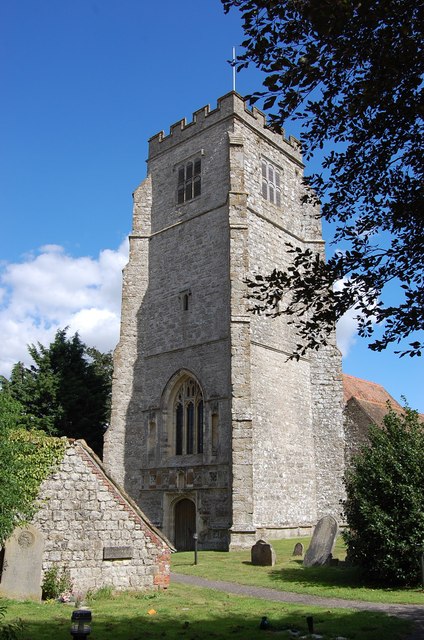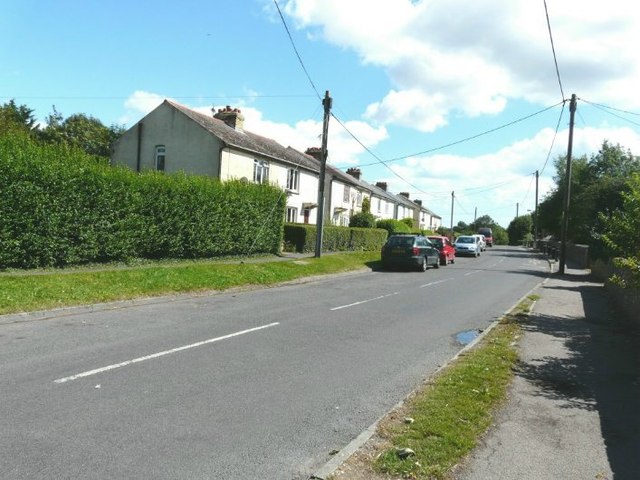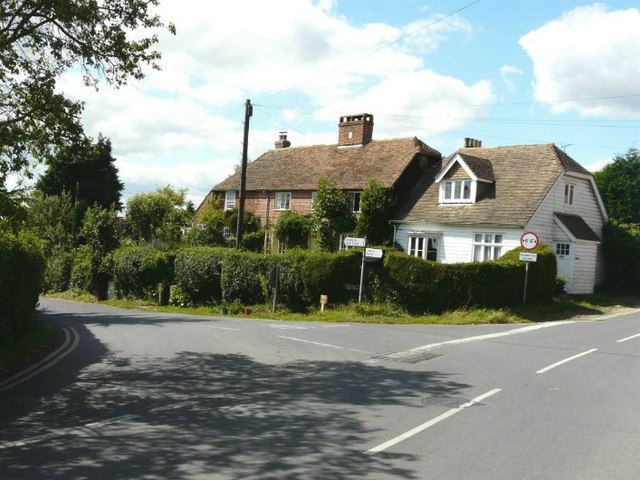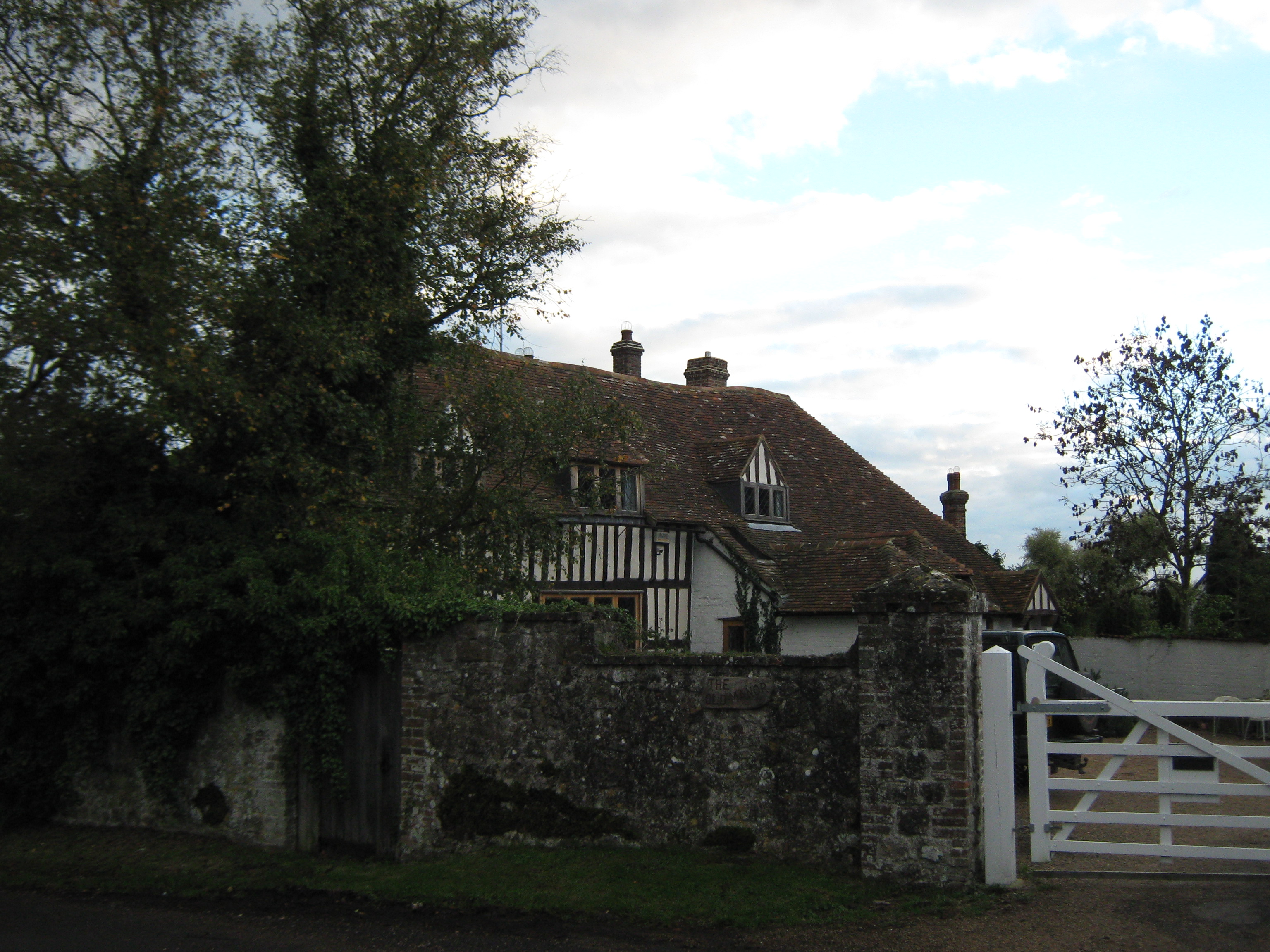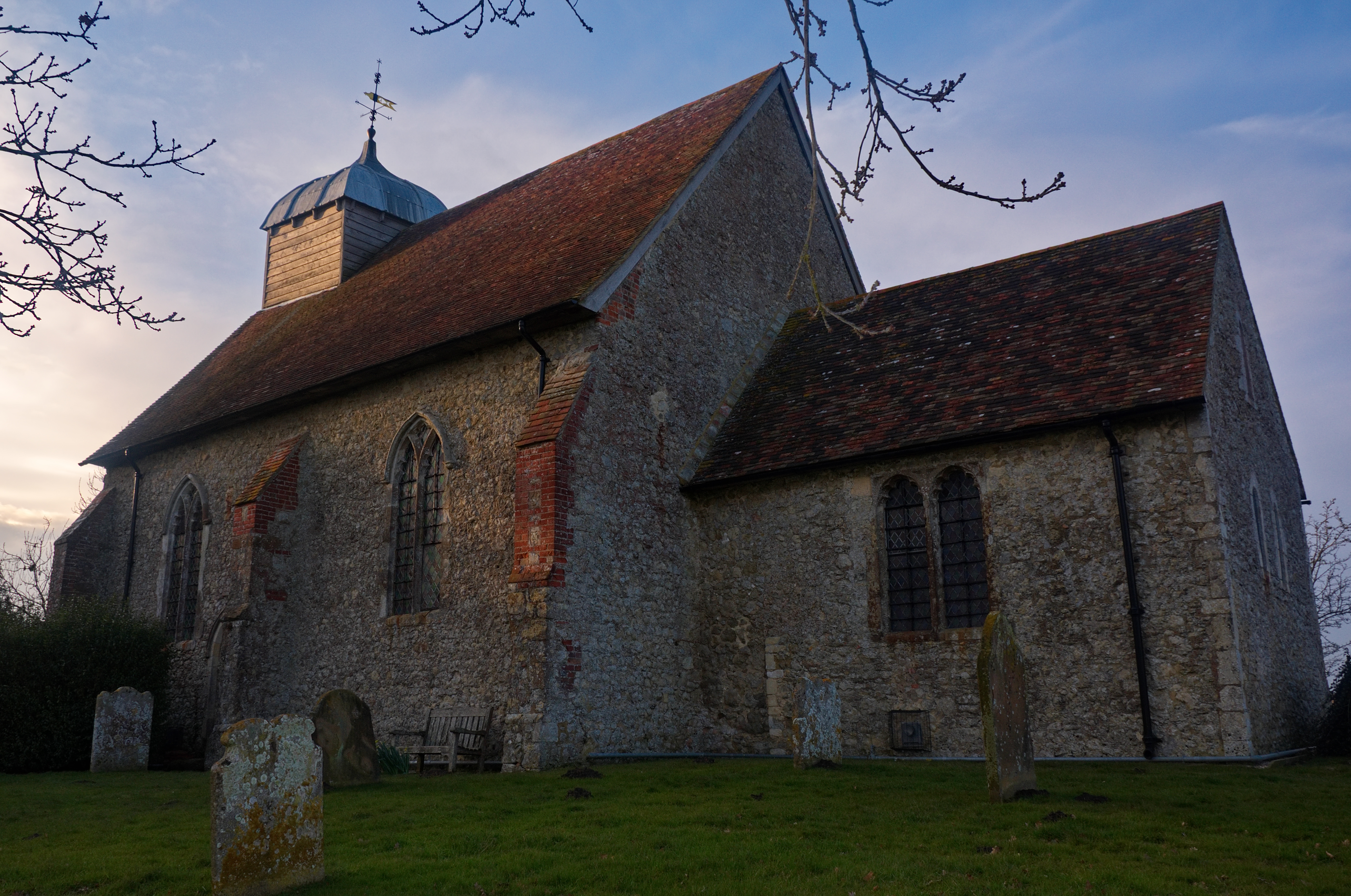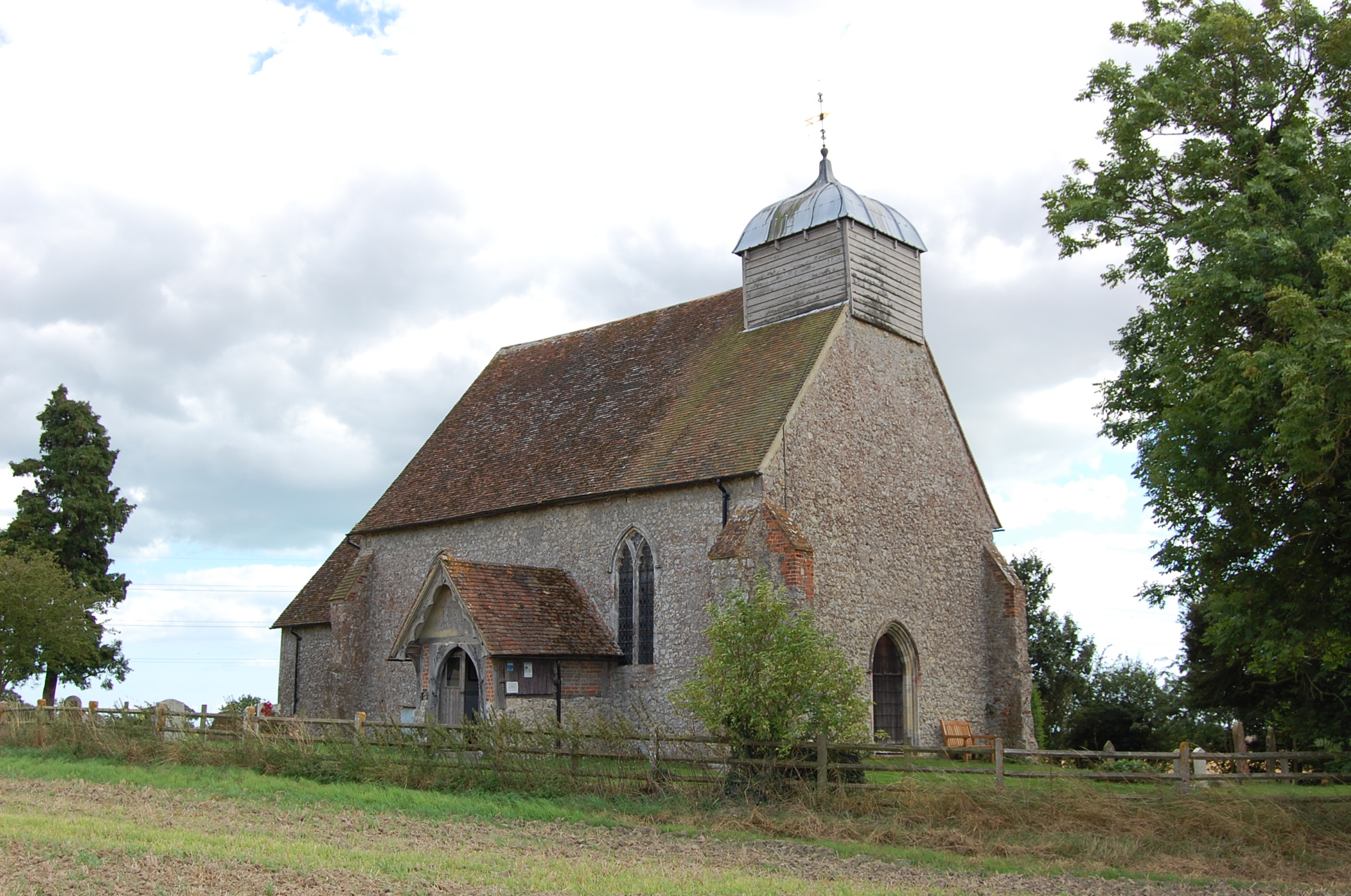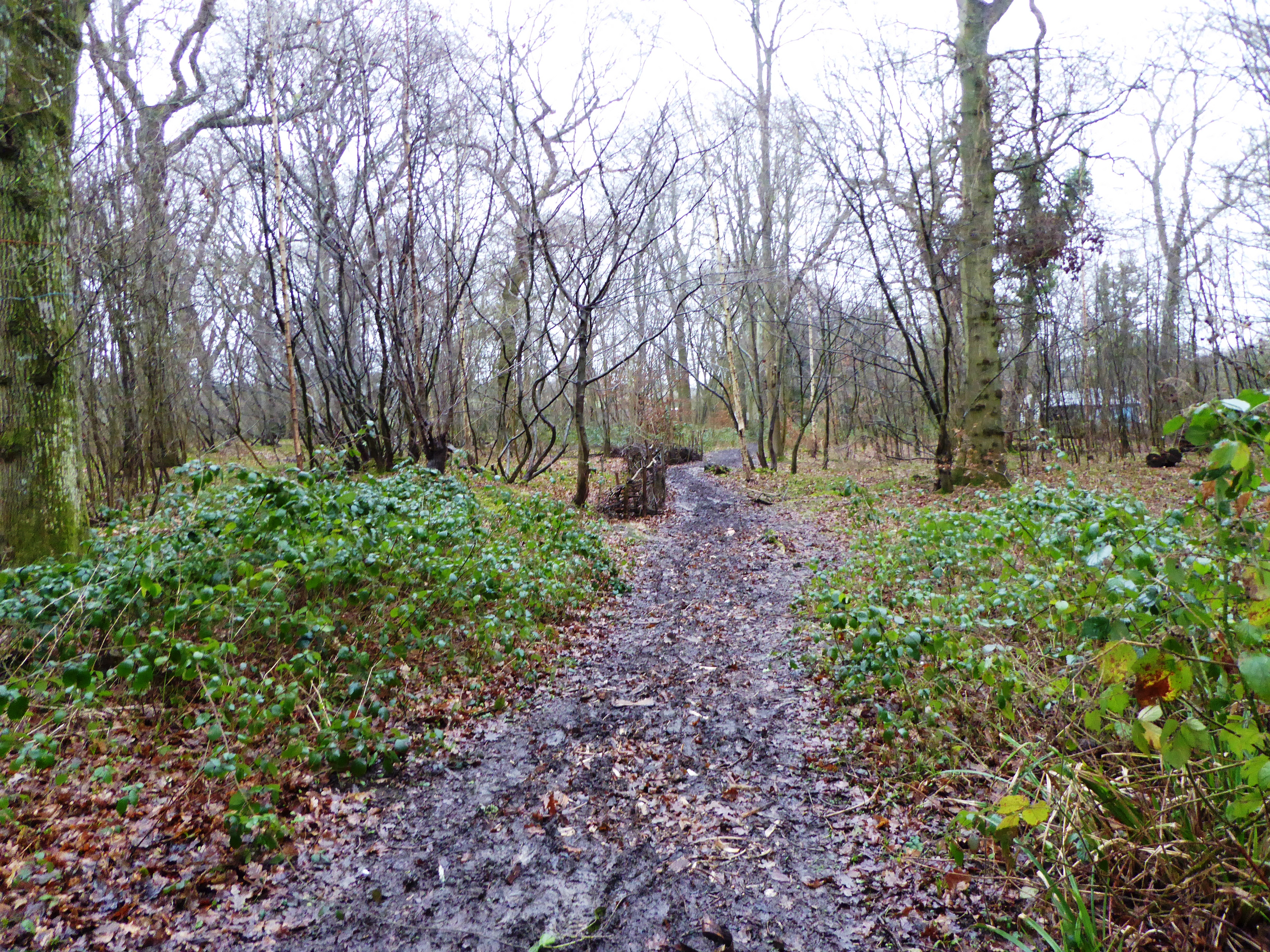Knoll Wood
Wood, Forest in Kent Ashford
England
Knoll Wood
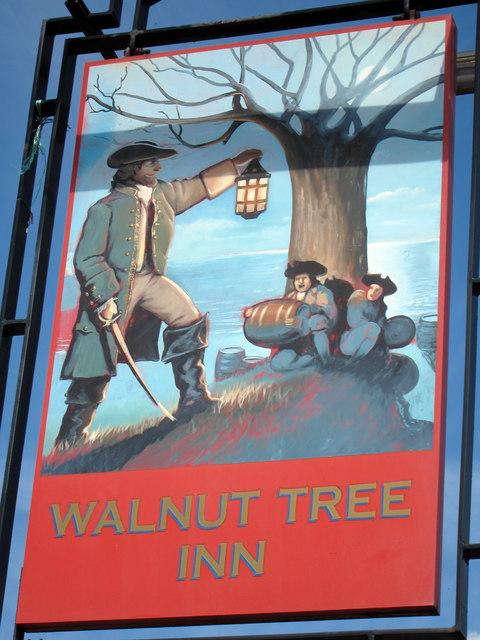
Knoll Wood is a small, picturesque forest located in the county of Kent, England. Situated near the town of Sevenoaks, this woodland area covers approximately 10 acres and is known for its natural beauty and tranquility. The forest is easily accessible, with a well-maintained footpath leading visitors through its enchanting landscape.
The woodland is characterized by its dense canopy of oak, beech, and birch trees, creating a serene and shady environment. The forest floor is covered with a carpet of ferns, bluebells, and wildflowers, adding to its charm and providing a habitat for a variety of wildlife.
Knoll Wood is a popular destination for nature lovers and outdoor enthusiasts. It offers several walking trails, ranging from short and easy paths to longer routes that provide a more immersive experience. These trails wind through the forest, offering glimpses of wildlife such as birds, squirrels, and occasional deer. The woodland is also home to a diverse range of bird species, making it an excellent spot for birdwatching.
The forest is well-maintained and managed by local authorities to preserve its natural beauty and ecological balance. There are designated picnic areas and benches along the trails, allowing visitors to relax and enjoy the peaceful surroundings. The forest is open to the public year-round, making it an ideal destination for a leisurely stroll, a family outing, or a picnic in nature.
Overall, Knoll Wood in Kent is a delightful and accessible woodland that offers visitors a chance to connect with nature and enjoy the beauty of the English countryside.
If you have any feedback on the listing, please let us know in the comments section below.
Knoll Wood Images
Images are sourced within 2km of 51.078835/0.95126102 or Grid Reference TR0635. Thanks to Geograph Open Source API. All images are credited.

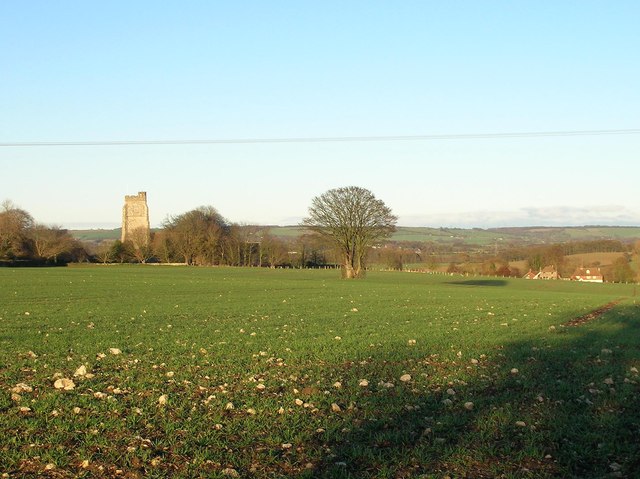



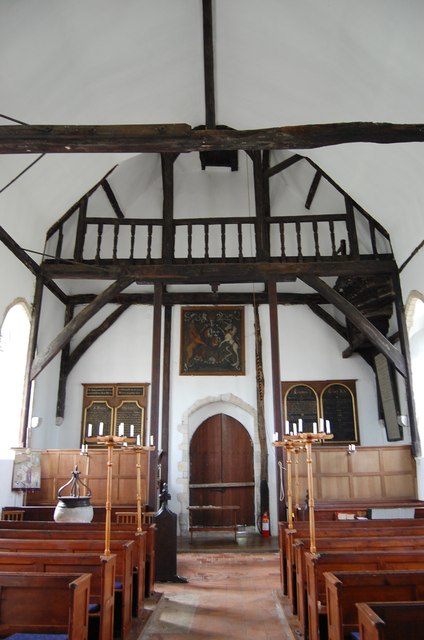
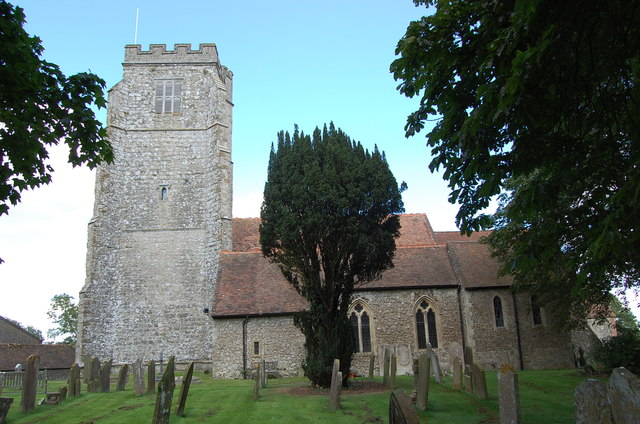
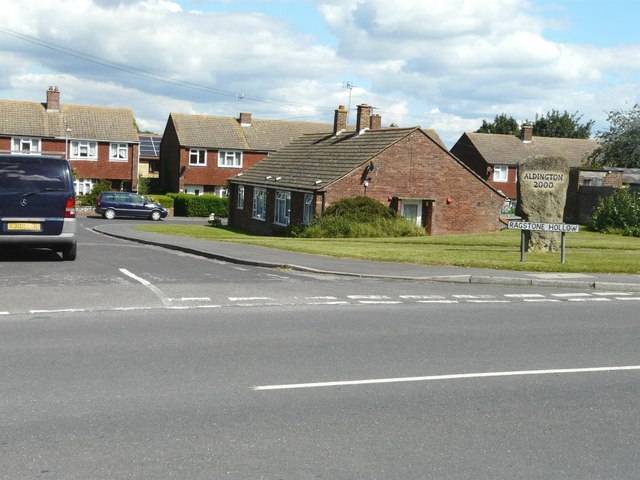
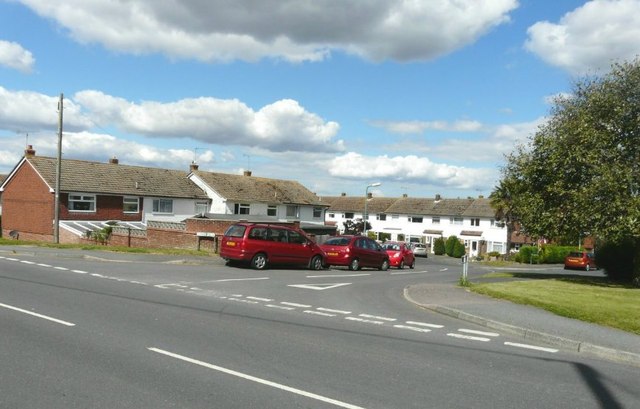
Knoll Wood is located at Grid Ref: TR0635 (Lat: 51.078835, Lng: 0.95126102)
Administrative County: Kent
District: Ashford
Police Authority: Kent
What 3 Words
///toxic.swooning.uncle. Near Lympne, Kent
Nearby Locations
Related Wikis
Goldenhurst Farm
Goldenhurst Farm (now Goldenhurst Manor and The Old House, Goldenhurst) is a country house of 17th-century origins in the village of Aldington, Kent,...
Bonnington
Bonnington is a dispersed village and civil parish on the northern edge of the Romney Marsh in Ashford District of Kent, England. The village is located...
Church of St Rumwold, Bonnington
St Rumwold's Church is an active parish church in the parish of Bonnington, Kent, England. It is a Grade I listed building. == History == Bonnington is...
Poulton Wood
Poulton Wood is a 10.2-hectare (25-acre) Local Nature Reserve in Aldington, south-east of Ashford in Kent. It is owned and managed by Canterbury Oast...
Nearby Amenities
Located within 500m of 51.078835,0.95126102Have you been to Knoll Wood?
Leave your review of Knoll Wood below (or comments, questions and feedback).


